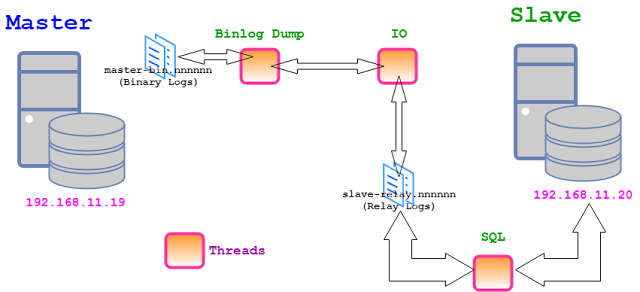How To Extend Selection To The End Of Column Or Entire Row In Excel
When working with a long column or row, you may need to select the whole column or row with data for some purpose, like formatting etc. In this article, we will show you how to extend the selection to the end of the column or the row after selecting the first cell. The first cell need not to be exactly the first cell of the sheet. The first cell means the cell under current selection. Extend selection to the end of column with shortcut key Select the first or any cell of the column and then press the ctrl + shift + down arrow keys simultaneously. Then you can see the selection is extended to the end of current column. Extend selection to the end of row with shortcut key Select the first or any cell of the row and then press the ctrl + shift + next arrow keys (-->) simultaneously. Then you can see the selection is extended to the end of current row. Remember If the first selected cell is empty, it will extend the selection to the first non-empty cell below the selected cell. If the...




